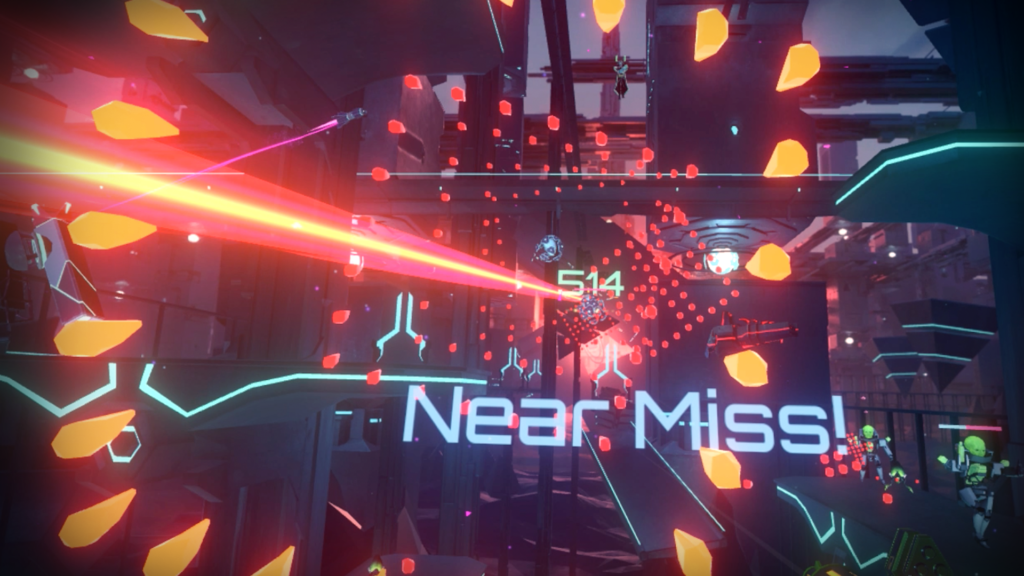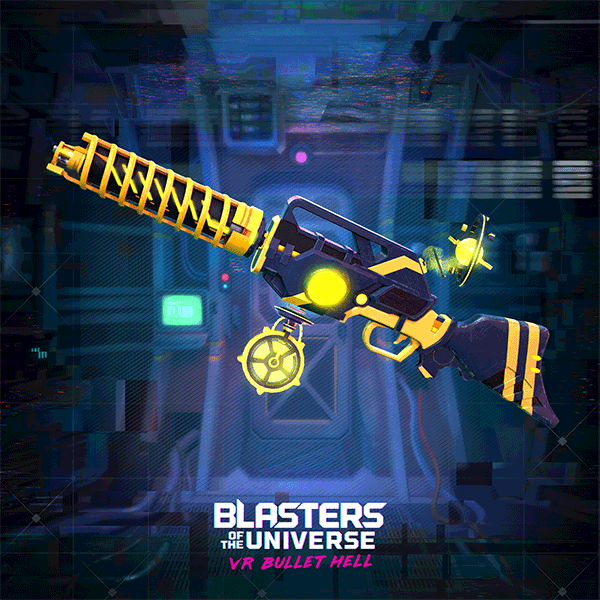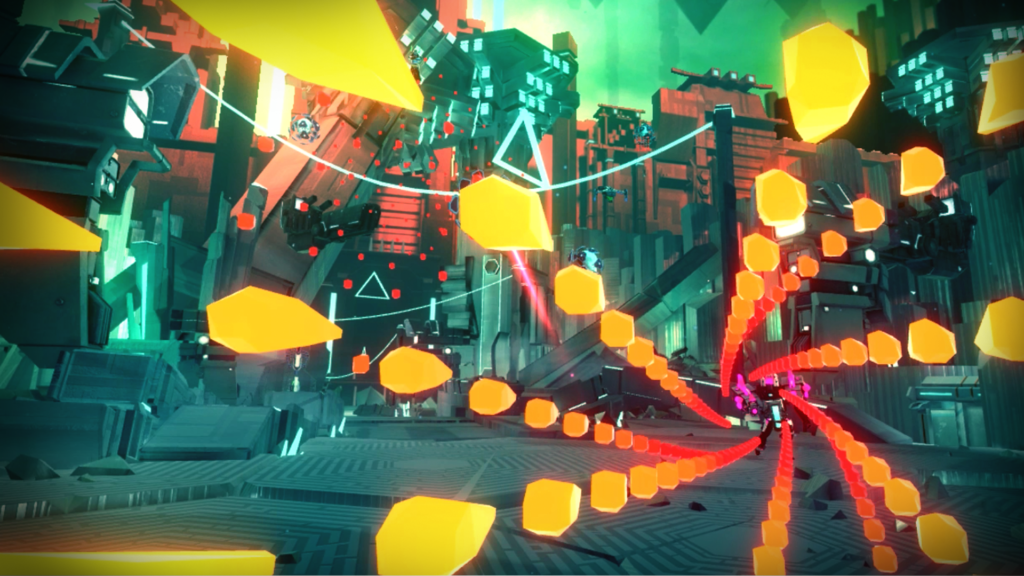Developer: Final Form Games | Publisher: Batterystaple Games || Overall: 8.5/10
Overview:
Jamestown+ is the remastered release of 2011’s Jamestown with all of the content released as DLC included in a complete package. Additionally there are two new levels, new ships, and other general improvements to the game.
The idea of the game is to blow shit up with lasers and missiles and stuff. It is an arcade style “shmup” (shoot-em-up) reminiscent of the SNK boxes you’d see at the pizza parlors or other similar restaurants. The “games” section of those restaurants let the kids play while parents threw back another couple Bud Lights while griping about how stupid their kids are.
Anyway.
Graphics:
The graphics are great, as previously mentioned, it looks like an old arcade games from the 90’s. What is fascinating about the title though, is the theme. Imagine colonial Britain/imperialist Europe from the 1600’s and 1700’s. Then put them on Mars with space ships and lasers and shit. That’s basically what is happening and it is a glorious amount of WTF.
There are story interludes to world build, but most of it is essentially tongue-in-cheek nonsense. The Spanish conquistadors are generally the villains here, but throw in aliens and other-worldly fauna and you’ll get an idea of what else you’ll encounter.
Sound:
The sound is well designed and gets the right feeling in basically all aspects. The music accentuates the adrenaline and when a boss fight starts, the mood typically shifts to be more ominous, as it should.
Gameplay:
Jamestown+ prides itself on its difficulty and variety. Although there are only about 7 actual levels to play, there is a multitude of ways to play them. Difficulty ranges from “Easy” to “Legendary” and as you progress, you’ll have to beat previous levels on the higher difficulties to unlock more levels. There are also challenge levels that put you in a specifically designed scenario to beat. The nice thing is that even your failed attempts help you with unlocking new things, so nothing feels like a “waste of time.”
A major part of the variety is the amount of ships/weapons available. There are four different ships with four different loadouts, with one loadout being able to be customized in twelve additional ways. Each is progressively bought with gold unlocked in the store, but at a slow enough pace where you can try out each ship long enough to learn what you like and don’t like, or how it can be specifically useful. Some ships might feel redundant at times, but when playing with 4 players, the slight amount of overlap isn’t very important.
Crappiest Part:
The worst part of the game is definitely the grind. At a certain point you’ll stop playing new levels or new difficulties because you’ve hit your wall. I’m not very good at shmups in general, especially the bullet hell kinds. The lower difficulties are VERY lenient since the hitbox is pretty small, but when enemies get harder and more bullets are flying everywhere, I’m not really into it anymore. Since progression is tightly tied to difficulty, that’s also a drawback.
Conclusion:
Jamestown+ is a fun game for sure, and is definitely worth playing if you love those old arcade shmups. The bosses and levels are well designed, and the extras will keep you playing. Replaying levels isn’t even all that bad because the art is so interesting to look at, and the increasing difficulty will keep you challenged.
















 Developer/Publisher: Secret Location || Overall: 8.75 / 10
Developer/Publisher: Secret Location || Overall: 8.75 / 10


